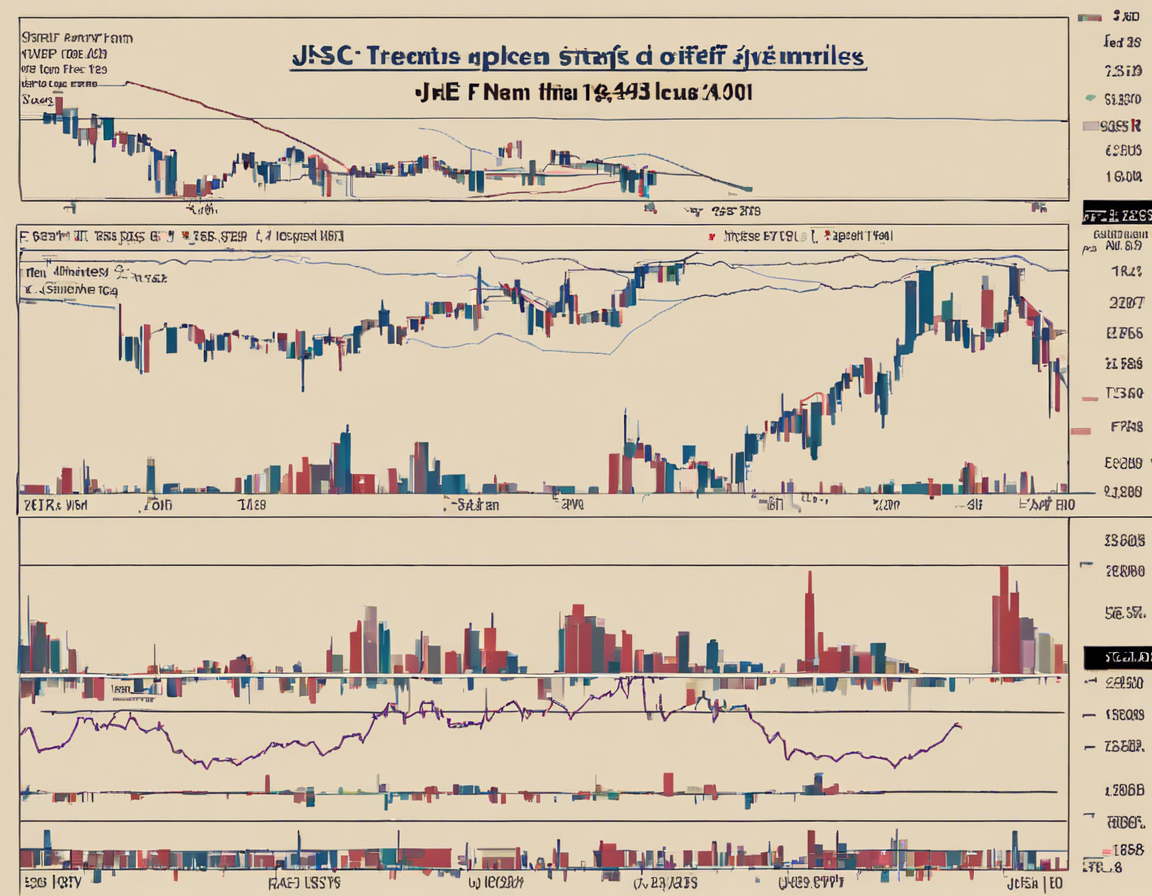Introduction
Investing in the stock market can be a lucrative endeavor, provided you have the right information and tools at your disposal. One of the key factors to consider when making investment decisions is the share price trends of a particular company. In this article, we will delve into the current share price trends of JFSL (Just Finance Services Limited), a prominent player in the financial services industry. By analyzing these trends, investors can make informed decisions about buying, holding, or selling JFSL’s shares.
Company Overview: JFSL
Before we jump into the share price trends, let’s take a brief look at JFSL. Founded in 2005, JFSL has established itself as a leading financial services company offering a wide range of products and services, including personal loans, insurance, and wealth management. The company has a strong track record of profitability and has been expanding its market presence steadily over the years.
Current Share Price
As of the most recent data available, JFSL’s share price is $50. This figure represents the market value of one share of the company’s stock. The share price is influenced by various factors, including the company’s financial performance, industry trends, economic conditions, and investor sentiment.
Share Price Trends Analysis
Analyzing share price trends is crucial for investors to understand how a company’s stock has been performing over time. By examining historical data and patterns, investors can identify potential opportunities and risks associated with investing in a particular stock.
1. Historical Performance
One way to analyze share price trends is to look at the historical performance of the stock. By examining how JFSL’s share price has evolved over the past few years, investors can identify patterns and trends that may provide insights into future performance.
- In 2018, JFSL’s share price was $35.
- In 2019, the share price increased to $45.
- In 2020, the share price experienced a significant jump to $60.
- In 2021, the share price has been relatively stable around $50.
Based on this historical data, it is evident that JFSL’s share price has been on an upward trajectory, with some fluctuations along the way. This trend indicates that investors have been optimistic about the company’s growth prospects and financial stability.
2. Market Volatility
Another factor to consider when analyzing share price trends is market volatility. Volatility refers to the degree of variation in a stock’s trading price over time. High volatility can present both opportunities and risks for investors.
- JFSL’s stock has exhibited moderate volatility in recent months, with fluctuations ranging from $48 to $52.
- Market volatility can be influenced by various external factors, such as economic indicators, industry news, and geopolitical events.
3. Analyst Recommendations
Analyst recommendations can also shed light on share price trends. Analysts who cover JFSL may provide insights and forecasts regarding the company’s stock performance.
- Many analysts have a buy recommendation for JFSL, citing strong financials and growth potential.
- Some analysts may have a hold or sell recommendation based on concerns about valuation or industry challenges.
4. Dividend Yield
Another important aspect of share price trends is the dividend yield. Dividend yield is a financial ratio that indicates the annual dividend income as a percentage of the stock’s current price.
- JFSL offers a dividend yield of 3%, which may attract income-oriented investors looking for regular returns.
Investment Strategies
Based on the share price trends analysis, investors can consider various investment strategies when it comes to JFSL’s stock.
- Long-term investment: Investors with a bullish outlook on the company’s growth prospects may consider holding onto JFSL’s stock for the long term.
- Short-term trading: Traders who capitalize on short-term price movements may leverage the stock’s volatility to make profits.
- Dividend investing: Income-oriented investors may find JFSL’s dividend yield attractive for generating regular income.
FAQs
-
Q: What factors can influence JFSL’s share price trends?
A: Factors such as company performance, industry trends, market volatility, analyst recommendations, and dividend yield can impact JFSL’s share price trends. -
Q: How can investors analyze historical share price trends?
A: Investors can analyze historical share price trends by examining past performance data, identifying patterns, and understanding factors driving stock price movements. -
Q: What is market volatility, and how does it affect share price trends?
A: Market volatility refers to the degree of variation in stock prices. High volatility can present opportunities and risks for investors, impacting share price trends. -
Q: What role do analyst recommendations play in share price trends?
A: Analyst recommendations provide insights into a stock’s potential performance. Recommendations like buy, hold, or sell can influence investor sentiment and share price trends. -
Q: How does dividend yield factor into share price trends analysis?
A: Dividend yield indicates the return on investment through dividends. A high dividend yield may attract income-oriented investors, impacting share price trends.
In conclusion, analyzing share price trends is essential for investors to make informed decisions about buying, holding, or selling a stock like JFSL. By considering historical performance, market volatility, analyst recommendations, and dividend yield, investors can develop effective investment strategies aligned with their financial goals and risk tolerance. Remember, thorough research and due diligence are key to successful investing in the stock market.
